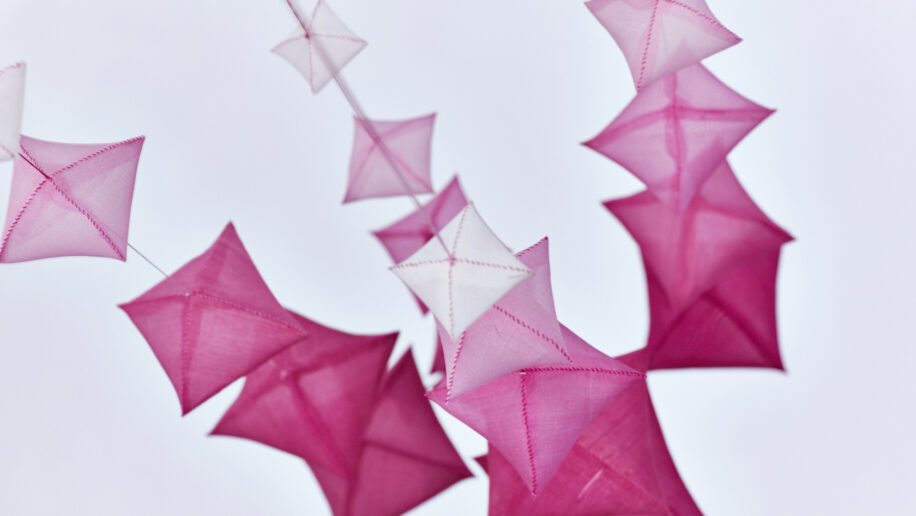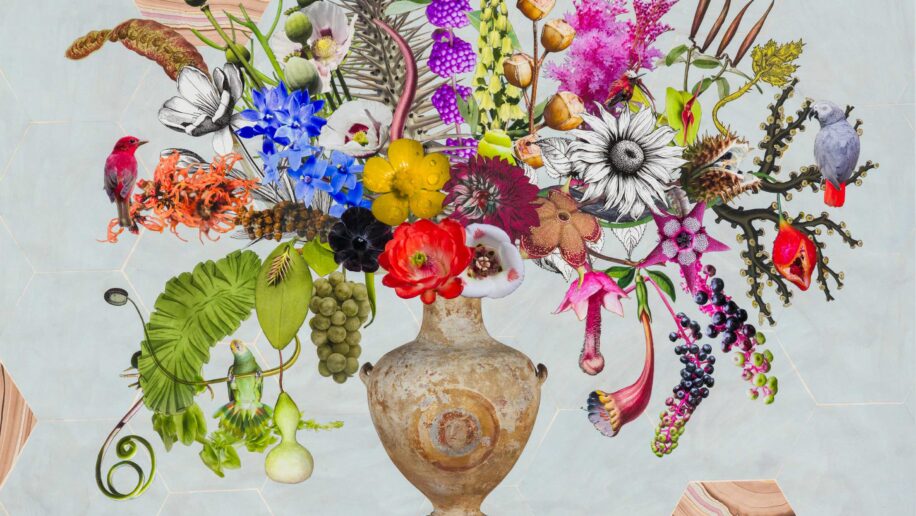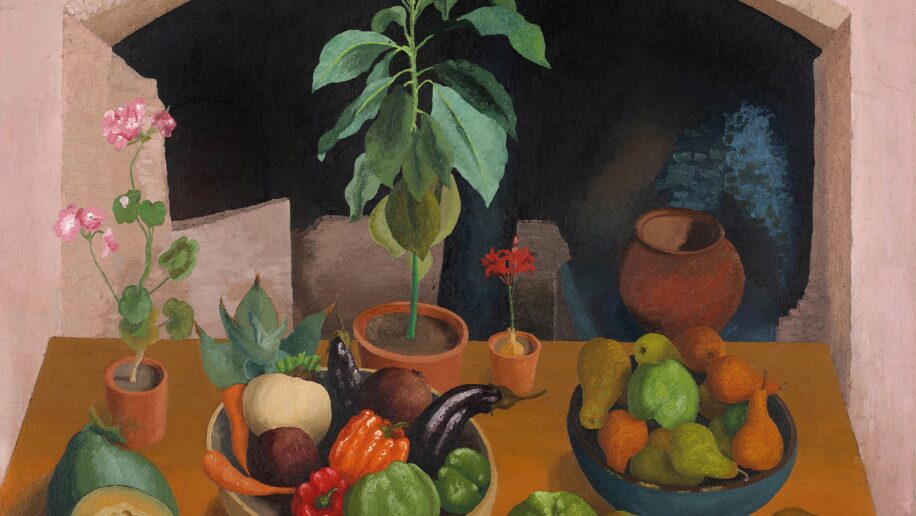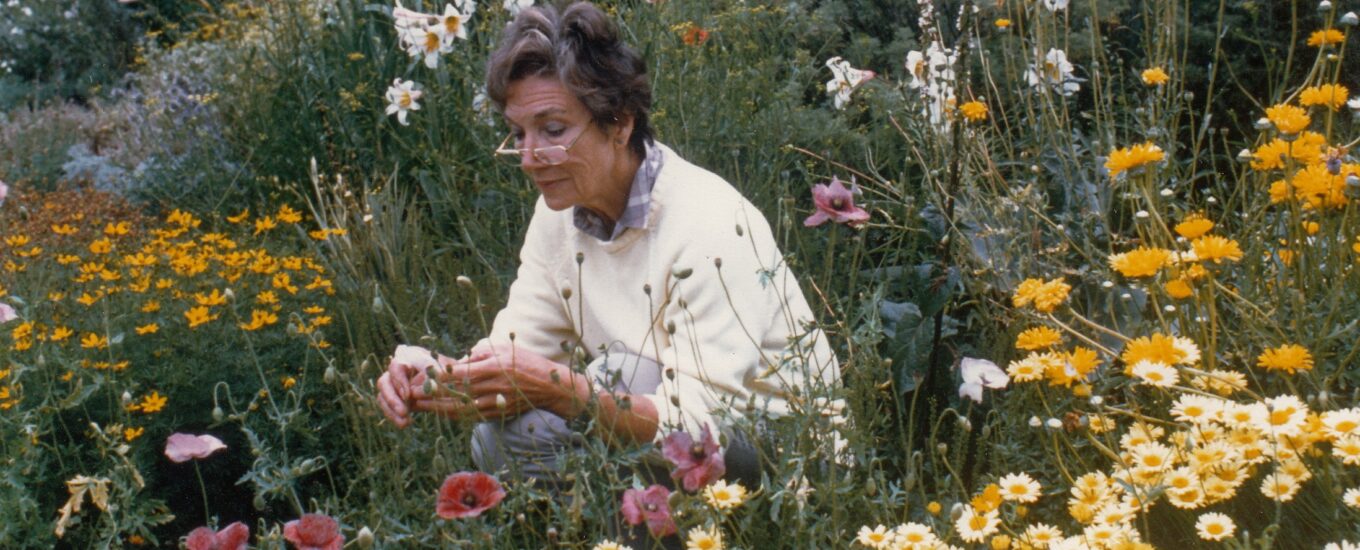Beth Chatto has influenced and inspired thousands of people through her gardening and writing. This exhibition, which took place in the Autumn of 2008, explored the story of the gardens that she began to create around her newly-built home in 1960. Working on the principle that garden plants grow best when placed in conditions closest to their natural habitats, she looked for plants suited to the varying conditions of her uncultivated soil and the very low rainfall in her local Essex region. Three very distinct gardens gradually emerged: Water, Gravel and Wood. Since 1967 Beth has also had a plant nursery next to her house, specialising in the sale of unusual plants. It was as a nurserywoman that during the 1970s and 1980s she created some of the most exceptional and artistic displays at the Chelsea Flower Show. The exhibition looked at the interwoven development of Beth’s gardens, nursery and public role, and considers her influences, creative processes and sense of design.
Beth believed that plants are universal. She says that there is no such thing as a Beth Chatto plant and is reluctant to single out any of the 2000 plants in her nursery as her favourites. Yet she does acknowledge that there are strong associations between certain plants and the gardeners who have championed them. Her own nursery grew out of the plant collection of Cedric Morris and many plants still remind her of him.
Beth Little married Andrew Chatto in 1943. In 1960 the family moved to a new house built on the farm itself. White Barn House, a modest L-shaped home, was carefully positioned in the least fertile corner of the farm, where fruit would not grow. At the rear of the house was a naturally occurring ditch with waterlogged soil. Everywhere else was extremely dry and gravely. It was the least promising of sites for a new garden. Beth, however, saw it as a challenge and began to seek out plants that would grow well in these extreme conditions. Ecological gardening was underway.
In preparation for this exhibition, Beth wrote a list of the people who had influenced her. First on the list was her late husband Andrew Chatto, a fruit farmer, plant researcher and the grandson of the famous publisher. Second on the list was her late friend Sir Cedric Morris, the celebrated painter, plantsman and the creative force behind the famous gardens at Benton End, Suffolk.
Beth’s ‘Unusual Plants’ nursery at Elmstead Market specialised in the sale of plants not available commercially. The nursery aisles were arranged according to the preferred growing conditions of the plants, encouraging customers to consider whether their purchase would be suited to their own gardens. This simple statement marked an entirely new approach to buying plants. Having built up the business by word-of-mouth, in 1976 Beth made a life changing debut at the Chelsea Flower Show. Beth’s great success at Chelsea in the late 1970s significantly increased public interest in her unusual plants and ecological approach to gardening. Between 1978 and 1990 Beth wrote five books, appeared on television and gave numerous interviews. In 1983 she undertook the first of five international lecture tours and by 1986 she had won ten consecutive Gold Medals at Chelsea. In 2002 she was awarded an OBE.
When Beth decided to run a small nursery business from home, her public and private worlds merged. Then, with the publication of two books, ‘Beth Chatto’s Garden Notebook’ and ‘Dear Friend and Gardener,’ Beth began to reveal more than just her gardening self.
“The site was wasteland, a wilderness lying between our farm and our neighbours. It consisted of a long spring-fed hollow where the soil lay black and waterlogged, surrounded by sun-baked gravel, situated in one of the driest parts of the country. But it was the extreme variation in growing conditions which intrigued us, the possibility lying before us of growing…plants adapted by nature to different situations.”
“We all pass on, our gardens change, many disintegrate and disappear. That is not important. What matters is the continuing cycle of sharing and learning about plants, and perhaps a little bit of us remains with our plants…maybe this is another precious thing about gardening.”
Images courtesy of Jerry Harpur. The exhibition ran in the temporary exhibition space.
 Free
Free
 Free
Free


